
Table of Contents
In the dynamic landscape of 2024, where artificial intelligence (AI) has seamlessly integrated into our daily lives, one industry stands out as a testament to its transformative power: email marketing. As we delve into the heart of this article, ‘Personalization at Scale: How AI is Revolutionizing Email Marketing Content in 2024’, we invite you to imagine a world where every inbox is a unique universe, tailored to the individual’s preferences, behaviors, and needs. But how did we get here? And more importantly, how can you harness the power of AI to revolutionize your email marketing strategy?
Let’s start with a sobering fact: the average person receives 121 emails per day, according to a 2024 study by The Radicati Group. With such a deluge of messages, how can your brand ensure its voice isn’t lost in the digital noise? The answer lies in personalization, and more specifically, AI-driven personalization techniques. But isn’t personalization a time-consuming, manual process? Not anymore. Marketing automation, powered by AI, has democratized personalization, making it accessible and scalable for businesses of all sizes.
Now, you might be wondering, ‘How can AI possibly understand my audience better than I do?’ The truth is, AI doesn’t just understand your audience; it predicts their behavior, anticipates their needs, and adapts to their changing preferences in real-time. It’s like having a dedicated data scientist in your marketing team, working tirelessly to ensure every email you send is not just personalized, but also perfectly timed and contextually relevant.
In this article, we promise to demystify AI email marketing, exploring the latest personalization techniques and marketing automation trends that are reshaping the industry in 2024. We’ll delve into case studies, share practical tips, and provide actionable insights to help you leverage AI for your email marketing strategy. By the end of this article, you’ll have a clear understanding of how AI can transform your email marketing content, driving engagement, conversions, and ultimately, business growth. So, are you ready to join the AI revolution and make every email count? Let’s dive in!
Harnessing AI for Tailored Email Content and Marketing Automation
In the dynamic realm of digital marketing, the fusion of artificial intelligence (AI) and email content has emerged as a game-changer, revolutionizing how businesses connect with their audiences. AI-driven email content generation and marketing automation are no longer futuristic concepts but powerful tools that are reshaping the marketing landscape today. Imagine an AI assistant, tirelessly working behind the scenes, crafting personalized email content that resonates with each recipient, learning from every interaction to improve its future outputs. This AI can analyze vast amounts of data, from customer behavior to market trends, to create emails that are not only engaging but also strategically targeted. It can automate the process of segmenting your audience, tailoring content to suit individual preferences, and even optimizing send times for maximum engagement. Moreover, AI can help predict customer churn, identify high-potential leads, and provide valuable insights to inform your marketing strategy. By harnessing AI for tailored email content and marketing automation, businesses can transform their email marketing campaigns from one-size-fits-all blasts to personalized, data-driven conversations that drive results. It’s like having a dedicated, intelligent marketing team that never sleeps, always learning, and always improving.
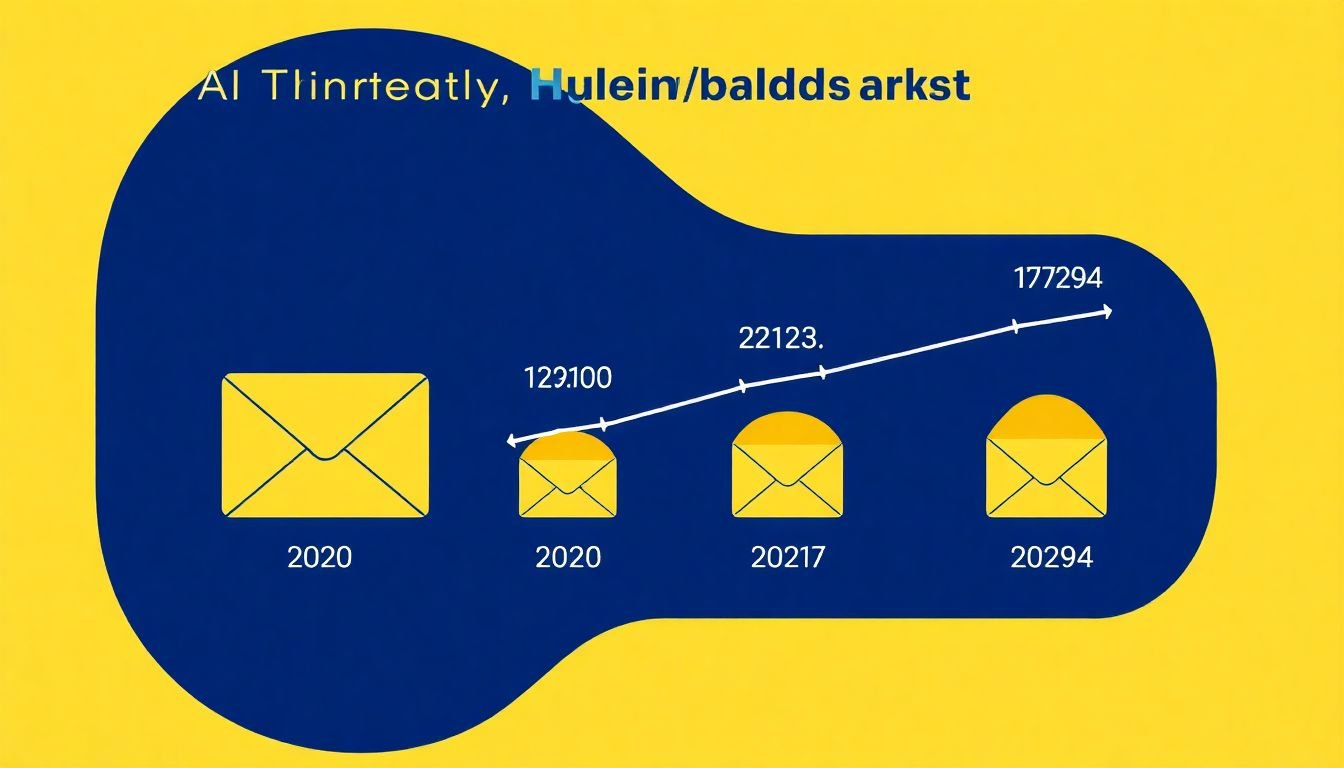
The Rise of AI in Email Marketing
In the dynamic landscape of digital marketing, one channel has consistently proven its mettle: email. From its humble beginnings in the 1970s to its current status as a multi-billion dollar industry, email marketing has evolved significantly. Today, it’s not just about crafting compelling subject lines and designing visually appealing newsletters. The rise of Artificial Intelligence (AI) has transformed email marketing, making it more personalized, efficient, and effective than ever before.
The integration of AI into email marketing is a story of incremental advancements. Initially, AI was used for basic segmentation, allowing marketers to categorize their audience based on demographics, behavior, and preferences. This led to a significant improvement in open rates and click-throughs. However, the real game-changer was the advent of predictive analytics. AI algorithms began to analyze vast amounts of data to predict customer behavior, enabling marketers to send the right message to the right person at the right time.
Currently, AI in email marketing is a thriving ecosystem. It’s powering dynamic content that adapts to each recipient’s behavior and preferences. It’s optimizing send times to ensure emails land in inboxes during peak engagement hours. It’s even drafting subject lines and crafting email copy, freeing up marketers’ time to focus on strategy and creativity. But the best is yet to come.
According to a report by Grand View Research, the global AI in email market size is expected to reach USD 12.5 billion by 2024, growing at a CAGR of 21.2% during the forecast period. This projected growth is underpinned by the increasing adoption of AI in marketing automation, the rising demand for personalized customer experiences, and the burgeoning e-commerce industry. As AI continues to advance, we can expect to see more sophisticated applications in email marketing, from AI-driven email design to AI-powered customer service within emails. The future of email marketing is intelligent, and it’s here to stay.

Understanding Personalization Techniques
In the digital age, personalization has emerged as a powerful tool to tailor experiences to individual users, and artificial intelligence (AI) is at the forefront of this revolution. AI-driven personalization techniques not only enhance customer experience but also drive engagement, fostering stronger connections between brands and their audiences. Let’s delve into some of these techniques and understand how they work.
One of the primary techniques employed by AI is segmentation. This involves dividing a large, heterogeneous audience into smaller, more homogeneous groups based on shared characteristics, behaviors, or needs. These segments could be as broad as demographics or as specific as micro-behaviors. By segmenting users, AI can deliver targeted content that resonates with each group, making their interactions more meaningful and relevant.
Dynamic content is another AI personalization technique that takes user engagement to the next level. Unlike static content, dynamic content changes based on real-time data and user behavior. For instance, an e-commerce platform might display different product recommendations to each user based on their browsing history, purchase behavior, or even the time of day. This dynamic approach creates a unique, personalized experience for each user, increasing the likelihood of engagement and conversion.
Predictive analytics is a more sophisticated AI personalization technique that uses machine learning algorithms to forecast future user behavior. By analyzing historical data and identifying patterns, these algorithms can predict what a user is likely to do next, allowing for proactive personalization. For example, a streaming service might use predictive analytics to suggest content a user is likely to enjoy before they even search for it, enhancing the user experience and encouraging engagement.
In essence, these AI personalization techniques work together to create a seamless, personalized user journey. By understanding and implementing these techniques, businesses can provide tailored experiences that not only meet but anticipate the needs of their users, driving engagement and fostering brand loyalty.
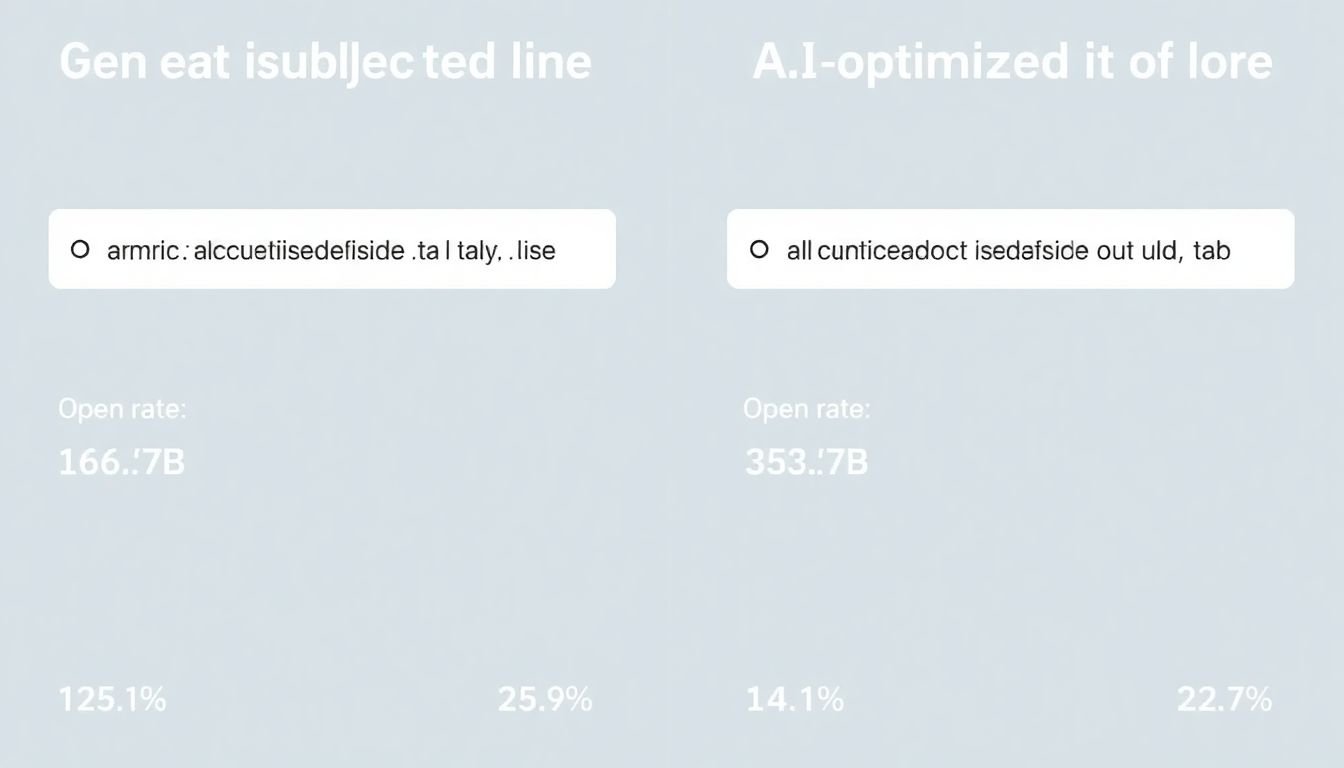
AI-Powered Subject Lines and Copy
In the dynamic realm of digital marketing, crafting persuasive subject lines and email copy is an art that AI is rapidly mastering. AI-powered tools are transforming the way we engage with our audience, optimizing these critical elements to boost open rates and conversions. The secret sauce? Natural Language Processing (NLP) and Machine Learning (ML) techniques that delve deep into the intricacies of human language and behavior.
The process begins with NLP, which enables AI to understand, interpret, and generate human language. It breaks down text into smaller components like words, phrases, and sentences, then analyzes their context and meaning. This allows AI to grasp the essence of a message, much like a human reader would.
Next, ML algorithms step in, learning from vast datasets of successful and unsuccessful subject lines and email copy. They identify patterns, trends, and best practices that resonate with different audiences. This could be anything from the optimal length of a subject line to the most compelling call-to-action.
AI then applies these insights to create compelling content. It might suggest subject lines that evoke curiosity or urgency, or craft email copy that tells a compelling story, uses persuasive language, or highlights key benefits. It can even personalize content based on recipient data, making each message feel tailored and relevant.
But AI isn’t just about creating content; it’s also about refining it. It can A/B test different subject lines and email copy, using ML to predict which will perform best. It can then learn from the results, continually improving its algorithms and strategies. It’s a cycle of creation, testing, and learning that’s driving open rates and conversions ever higher.
So, are AI-powered subject lines and copy the future of email marketing? Absolutely. They’re here, they’re effective, and they’re only going to get better. And as AI continues to evolve, it’s not just about what it can do for us, but what we can learn from it about the power of language and the art of persuasion.

Dynamic Product Recommendations
In the ever-evolving landscape of e-commerce, dynamic product recommendations have emerged as a game-changer, transforming the way businesses interact with their customers. Powered by artificial intelligence, these recommendations delve into the intricate world of customer behavior and preferences, crafting a personalized shopping experience that is not only convenient but also delightfully surprising.
At the heart of this process lies AI’s ability to analyze vast amounts of data. It tracks customer interactions, purchase history, browsing behavior, and even external factors like trending topics and seasonal preferences. This data is then fed into sophisticated algorithms that learn and adapt, creating a dynamic recommendation engine that is always one step ahead.
The impact of dynamic recommendations on sales is profound. By serving up products that customers are likely to be interested in, these recommendations can significantly boost conversion rates. They also encourage customers to explore beyond their usual comfort zone, leading to increased basket size and, ultimately, higher sales. Moreover, dynamic recommendations can help businesses manage inventory more effectively by promoting slow-moving stock or new arrivals.
But the benefits extend far beyond immediate sales. Dynamic recommendations foster customer loyalty by making each shopper feel seen and understood. They create a seamless, intuitive shopping journey that keeps customers coming back. According to a study by Accenture, 75% of consumers are more likely to buy from companies that recognize them by name and recommend options based on past purchases.
However, implementing dynamic product recommendations is not without its challenges. It requires a robust data infrastructure, advanced AI capabilities, and a deep understanding of customer behavior. But for businesses willing to invest in this technology, the rewards are manifold
- from increased sales and customer loyalty to a competitive edge in the crowded e-commerce market.
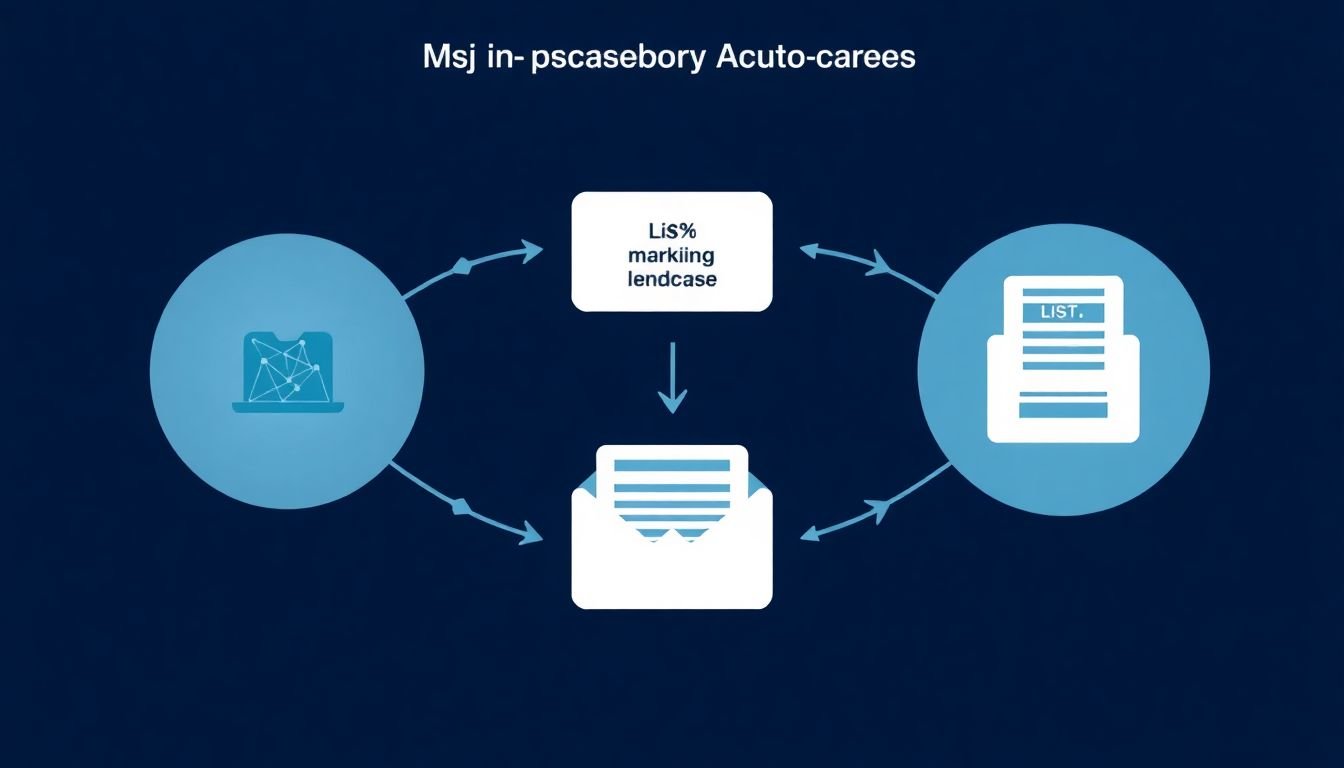
Marketing Automation: AI’s Role
In the dynamic realm of marketing, automation has long been a game-changer, but with the advent of Artificial Intelligence (AI), it’s evolved into a powerhouse that’s transforming the way businesses connect with their customers. AI’s role in marketing automation is as multifaceted as it is profound, streamlining processes and enhancing customer experiences in ways that were once unimaginable.
One of the most significant contributions of AI to marketing automation is its ability to maintain list hygiene. AI algorithms can analyze customer data, identify inactive or disengaged subscribers, and remove them from mailing lists. This not only improves email deliverability but also ensures that marketing budgets are spent effectively. Moreover, AI can predict which customers are likely to churn, enabling marketers to implement retention strategies proactively.
AI also plays a pivotal role in send-time optimization. By analyzing customer behavior and engagement patterns, AI can determine the optimal time to send emails, ensuring they reach the inbox when the recipient is most likely to engage. This personalization enhances customer experience and boosts campaign performance.
For marketers, the benefits of AI-driven automation are manifold. It frees up time and resources, allowing them to focus on strategy and creativity rather than mundane tasks. AI can also provide valuable insights into customer behavior, enabling marketers to make data-driven decisions. Furthermore, AI can help predict campaign performance, allowing marketers to optimize their strategies in real-time.
For customers, the benefits are equally compelling. AI ensures that they receive relevant, personalized content at the right time, enhancing their overall experience with the brand. It also enables seamless, omnichannel experiences, as AI can coordinate marketing efforts across various platforms. In essence, AI-driven marketing automation is not just about efficiency; it’s about creating meaningful, personal connections with customers.
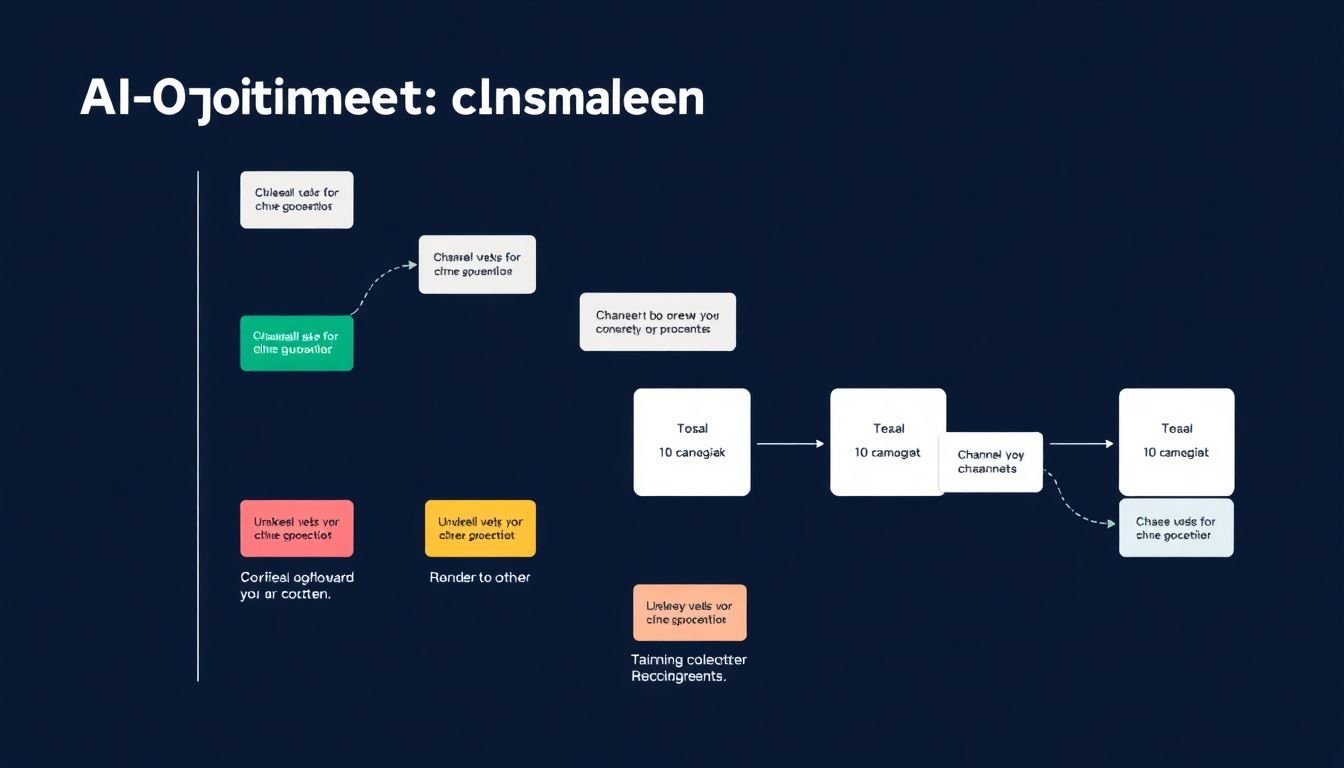
AI and Customer Journey Mapping
In the dynamic landscape of customer experience, AI has emerged as a powerful tool to map, understand, and optimize customer journeys. By harnessing the capabilities of predictive analytics, customer journey visualization, and AI-driven journey personalization, businesses can gain profound insights into their customers’ behaviors and preferences, ultimately enhancing customer satisfaction and driving growth.
The process begins with predictive analytics, where AI algorithms analyze vast amounts of customer data to forecast future behaviors. By identifying patterns and trends, these models can anticipate customer needs, preferences, and potential pain points. For instance, AI can predict which customers are likely to churn, enabling businesses to proactively address their concerns and retain them.
AI also revolutionizes customer journey visualization. Traditional journey maps often rely on assumptions and static data, but AI-powered tools can create dynamic, real-time visualizations based on actual customer interactions. These maps can reveal hidden touchpoints, bottlenecks, and opportunities for improvement, providing a holistic view of the customer experience.
Moreover, AI enables personalized customer journeys at scale. By segmenting customers based on their behaviors, preferences, and needs, AI can deliver tailored experiences throughout the journey. This could involve personalized product recommendations, targeted marketing messages, or customized service interactions. For example, an e-commerce platform might use AI to suggest products based on a customer’s browsing history and purchase behavior, enhancing the shopping experience and increasing sales.
In essence, AI is transforming customer journey mapping from a static, assumption-based process into a dynamic, data-driven discipline. By leveraging predictive analytics, customer journey visualization, and AI-driven personalization, businesses can create journeys that are not only more efficient and effective but also more satisfying for the customer.

Ethical Considerations and Privacy Concerns
In the dynamic landscape of digital marketing, AI has emerged as a powerful tool, revolutionizing email marketing strategies. However, this technological advancement also presents a myriad of ethical considerations and privacy concerns that must be navigated with care. At the heart of these issues lies the responsible use of personal data, a topic that has become increasingly sensitive in the era of data-driven marketing.
The first and perhaps most pressing concern is data privacy. AI algorithms in email marketing often rely on vast amounts of personal data to create targeted, personalized campaigns. While this can lead to improved customer engagement and increased conversion rates, it also raises questions about the ethical use of this data. Customers have a right to know how their data is being used, and it’s crucial for businesses to be transparent about their data collection and usage practices.
Transparency is key to maintaining customer trust. This means not only disclosing what data is being collected but also how it’s being used, who it’s being shared with, and how long it’s being stored. It’s also important to provide customers with the ability to opt-out of data collection or to request that their data be deleted.
Responsible use of personal data also involves ensuring that data is used ethically. This means not using data in ways that could be harmful or discriminatory. For instance, using data to target customers with products or services that they don’t need or want, or using data to exclude certain groups of people from receiving information.
To maintain customer trust, businesses should adopt best practices for data management. This includes:
- Only collecting data that is necessary for the purpose it was collected.
- Storing data securely to prevent data breaches.
- Regularly reviewing and updating data to ensure it’s accurate and up-to-date.
- Providing customers with the ability to access, correct, or delete their data.
By adhering to these best practices, businesses can ensure that they are using AI in email marketing in an ethical and responsible manner, thereby maintaining the trust of their customers.
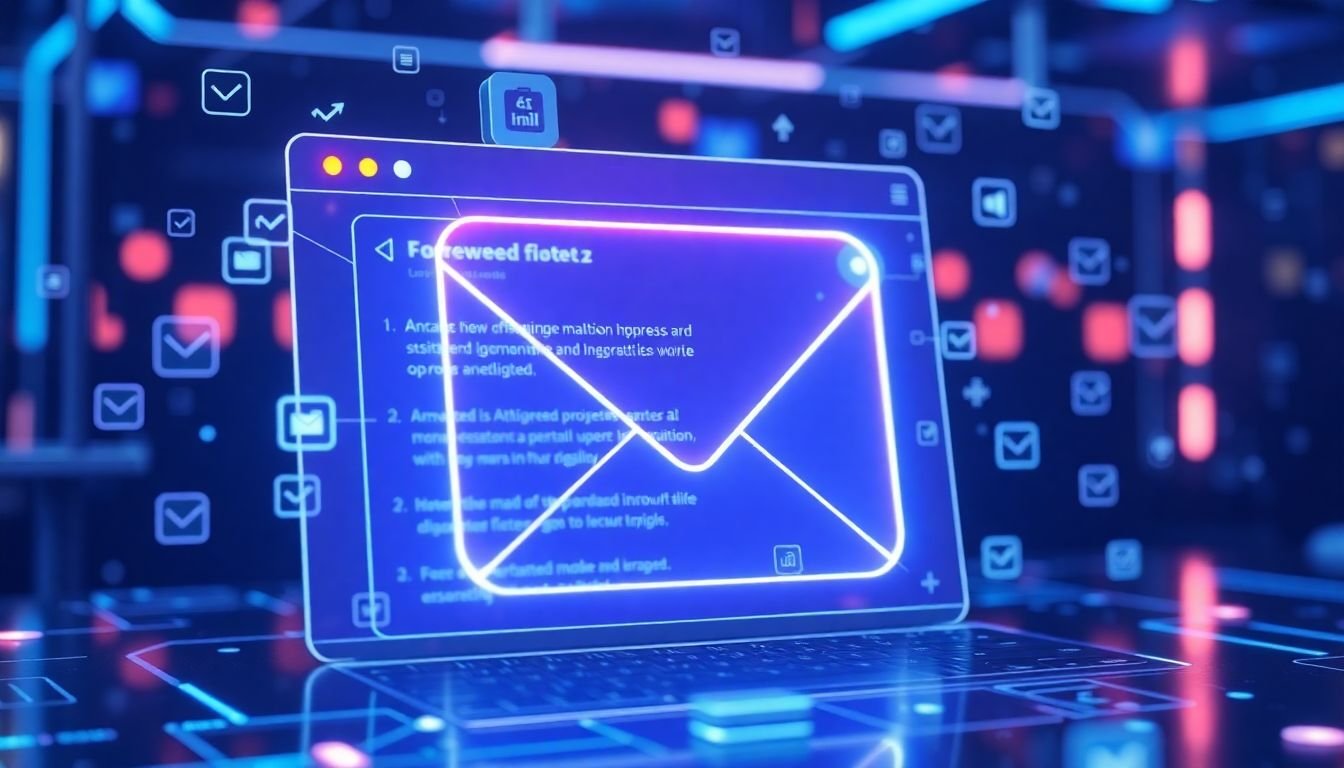
The Future of AI in Email Marketing
In the dynamic landscape of digital marketing, email remains a steadfast powerhouse, and Artificial Intelligence (AI) is its rising star. As we gaze into the future of AI in email marketing, we find a canvas painted with emerging trends and innovative technologies that promise to reshape the industry in the coming years.
The symbiotic relationship between AI and email marketing is set to deepen, with AI-driven personalization taking center stage. Imagine emails that adapt to your recipient’s behavior in real-time, learning from their actions and adjusting content, subject lines, and send times to maximize engagement. This level of personalization isn’t just a futuristic dream; it’s already here, and it’s poised to become the norm.
AI will also revolutionize email list segmentation. Instead of manual, rule-based segmentation, AI algorithms will analyze vast amounts of data to identify patterns and create micro-segments that were previously invisible. This will enable marketers to target their audience with unprecedented precision, speaking to each subscriber’s unique needs and preferences.
Natural Language Processing (NLP) and AI-generated content will transform email creation. AI can draft compelling subject lines, personalize email content, and even craft entire emails. This isn’t about replacing human creativity but augmenting it, freeing up marketers’ time to focus on strategy and design.
AI will also enhance email deliverability and inbox placement. By predicting and adapting to changes in email regulations and spam filters, AI can help ensure that emails reach the inbox, not the spam folder.
However, with great power comes great responsibility. As AI becomes more prevalent in email marketing, it’s crucial to ensure that it’s used ethically. This means respecting subscriber privacy, being transparent about data usage, and avoiding intrusive or manipulative tactics.
In conclusion, the future of AI in email marketing is bright, filled with promise and potential. As AI continues to evolve and integrate into our marketing strategies, it will not only shape the industry but transform it, making emails smarter, more engaging, and more effective than ever before.
FAQ
How has AI transformed email marketing in 2024?
What are some key AI-driven personalization techniques in email marketing?
- Segmentation: AI can segment audiences based on complex, multi-dimensional data points, creating highly targeted groups for personalized content.
- Product Recommendations: AI algorithms analyze purchase history, browsing behavior, and other data to provide tailored product recommendations within emails.
- Dynamic Content: AI can generate and insert dynamic content, such as personalized images, text, or offers, into emails based on real-time data.
- Sentiment Analysis: AI can analyze customer sentiment from past interactions to gauge their emotional state and tailor email content accordingly.